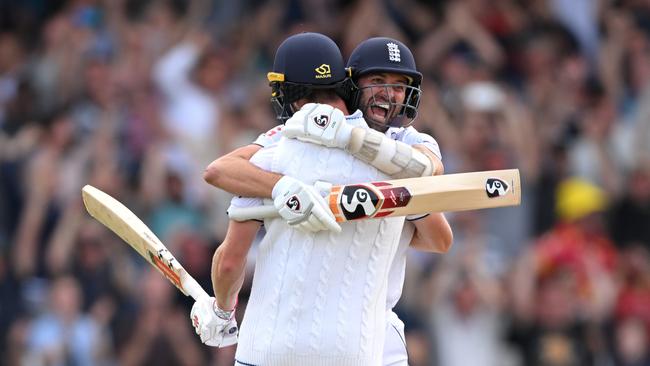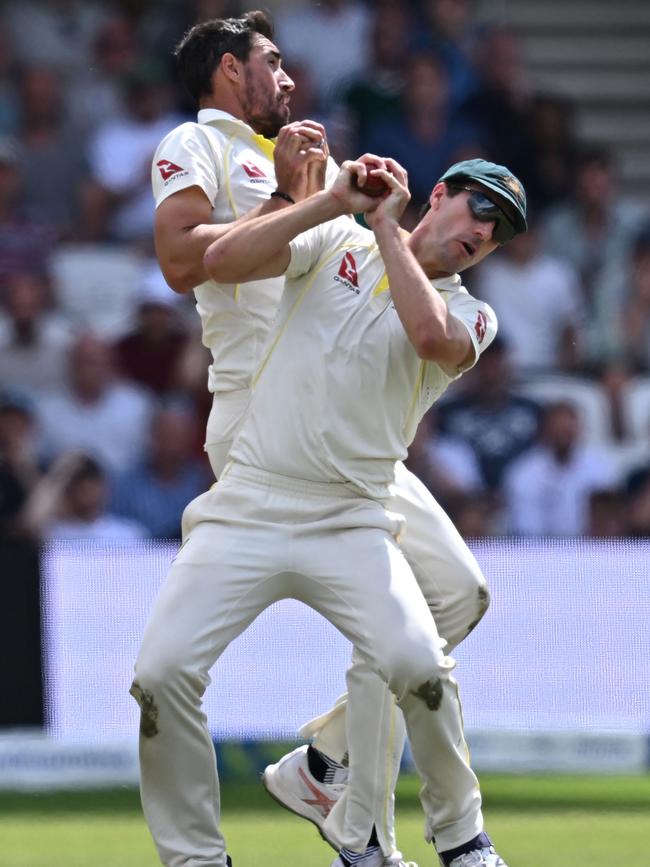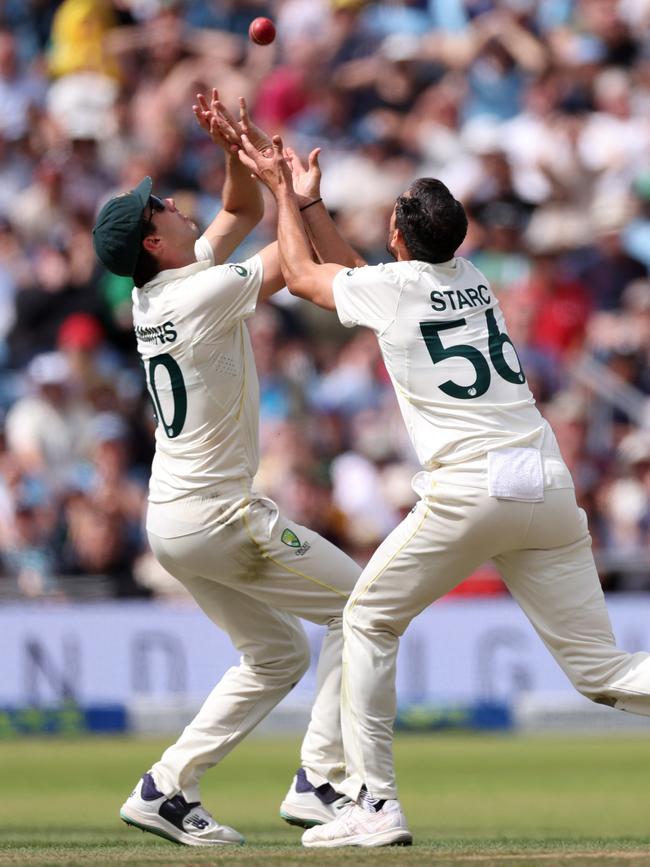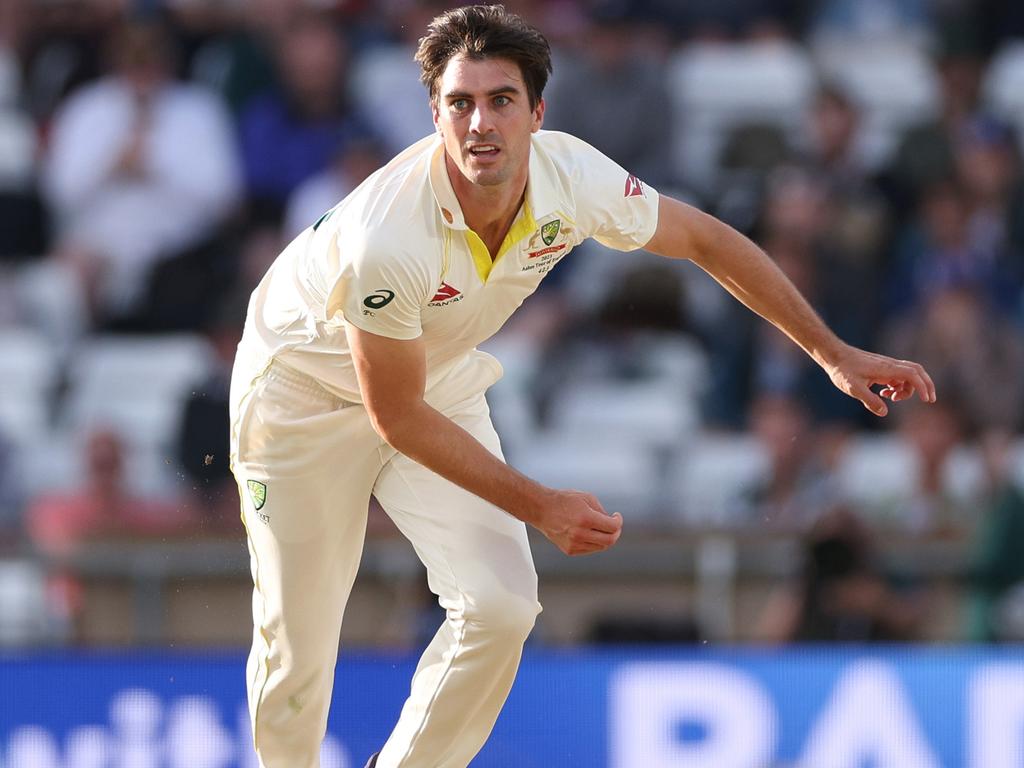There is nothing inevitable in such a supremely evitable series

Either team by now could be leading 3-0, or trailing 0-3. As it is, should England win at Old Trafford, we would be set at two-all for a Fifth Test decider, which has happened only thrice in the history of cricket’s most storied series.

Let’s not get ahead of ourselves. There is nothing inevitable about this in such a supremely evitable series. But, for just an instant, entertain the fantasy. In theory, an uneven number of games sets itself up to be decided by the odd game at the end. In practice, it has not happened in 86 years, and latterly the trend has been towards blow-outs. This summer the trend is to blowing up.


The Ashes of 2023 has already been of exceptionally high quality, and also strewn with mistakes. Yesterday, two Australians almost collided taking a catch like Aussie rules ruckmen competing at a stoppage, and their spinner bowled a huge no ball at a clutch moment. One English batter reviewed an lbw when the ball was going gun barrel straight, two fell to leg-side strangles.
This is not a paradox so much as an inevitability. Two teams hurling themselves at each other so hard will generate error much as chips fly off marble being worked. Each team has tripped themselves up, and also fought back brilliantly.
We arrived at Headingley drawing on memories of four years ago, and parallels could be detected. England had by far the better of the conditions; they prevailed in part by retarding Australia’s progress in the third innings. But this was a more accomplished, or at least more replicable, success. No miracle innings was needed; no fumble or umpiring favour intervened.
England’s order played with purpose all the way down - 254 in 50 overs is a standard one-day chase - and their match winners were a memorable combination. There was Harry Brook, who had struggled to work his way into these Ashes hitherto, and Chris Woakes, who has struggled to work his way into the Ashes full stop.
In the 10 years since Woakes’ debut, he has twice previously been part of a successful Ashes team, victories to which he had contributed 14 runs and three wickets. He is a better cricketer than that, as he showed yesterday with a calmly deliberate unbeaten 32 to go with his half dozen important wickets.
There was a sense that a brief thrust might tilt things. Stokes, ever inventive, hazarded an experiment at number three by promoting Moeen, perhaps to cushion Brook, perhaps to introduce a disruptive left-hander, although Starc bowled him through a defence that gaped like Nigel Farage’s mouth.

Root aimed a wide drive at his first ball, and was fortunate enough to miss; Crawley made a wide drive at Starc, which Green might have caught in the gully but the heavier-set Marsh was a little slower to rise. In general, the fielding was first rate, the sweepers busy, the chases keen, the throws flat, and Labuschagne excelling in front of the wicket on the off side.
At two for 82, a replacement ball started to swing and bounce for Marsh, drew Crawley into an overeager drive and at last exposed Brook. He had emerged in the gloaming on the first night and looked a beat behind. Boland cut him in half with a delivery that jagged back, but he pilfered three boundaries, and a fourth when Starc offered width. Killer stat: nobody has got to 1000 Test runs faster in balls faced.
England looked well set up at lunch, but Starc came back up the hill to Stokes, where the bounce was a little less predictable and his effortless knots invaluable, producing what in its way a classic Starc wicket. I know, I know: a leg-side strangle. But here is Starc’s peculiar menace - that with his rapid, unpredictable, left-arm sling, he opens angles accessible really to nobody else in world cricket.

Bairstow played his second wretched, soft-headed drive of the match, this time connecting with the inside rather than the outside edge, and the match was back in the balance.
But the 59-run, 73-ball partnership of Brook and Woakes was full of judicious stroke play and alert running. Cummins bowling short to the long leg-side boundary with four men back to Woakes, but not pursuing the same gambit against Brook, was a peculiar bit of captaincy; Boland at third man not attacking Wood’s top edge off Starc, and leaving it to Carey, was a diffident act of fielding.
Did Australia just blink here? Wood does everything fast: you can imagine him trying to set records for drinking a pint or tying his laces. And he was just who no captain would want to see batting at number nine, where he is never knowingly outdared. He had confounded Cummins and limited England’s deficit on Friday; now, with six men on the fence, he could have taken a single in every direction. But that is not how he, or England, roll.
Remember: this was only the fourth day of a game that seemed to last an aeon but spanned no more than 230 overs, produced just one century and three fifties. It’s just a bit incredible; but it might get even more so.







Now it gets interesting. Or, at least, it gets more interesting, because it’s never been other than interesting, with 14 out of a possible 15 days played, and now a third squeaker. Whoever loses these Ashes may end up regretting only one or two failures and/or misfortunes; whoever wins can count themselves lucky. They are that close.